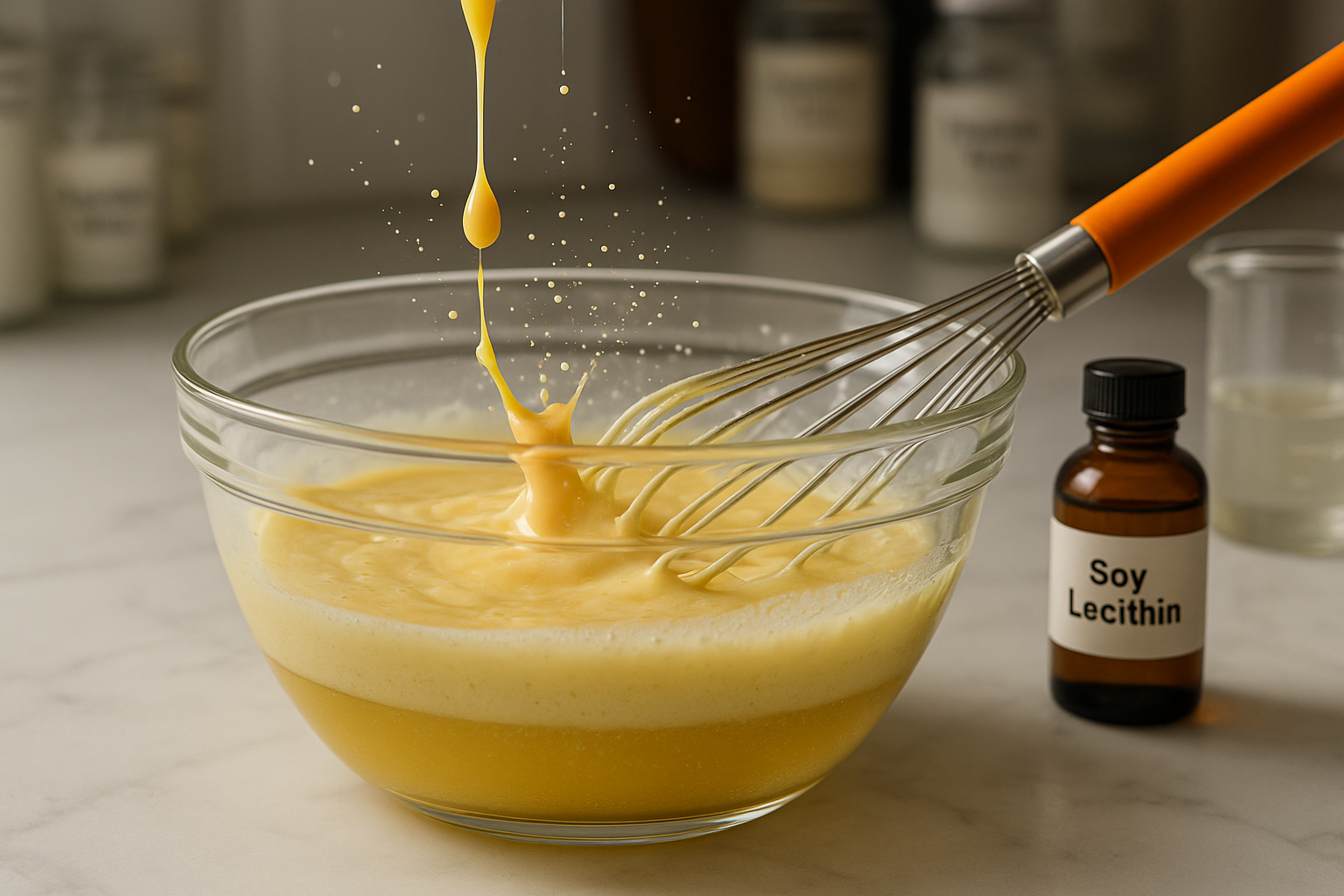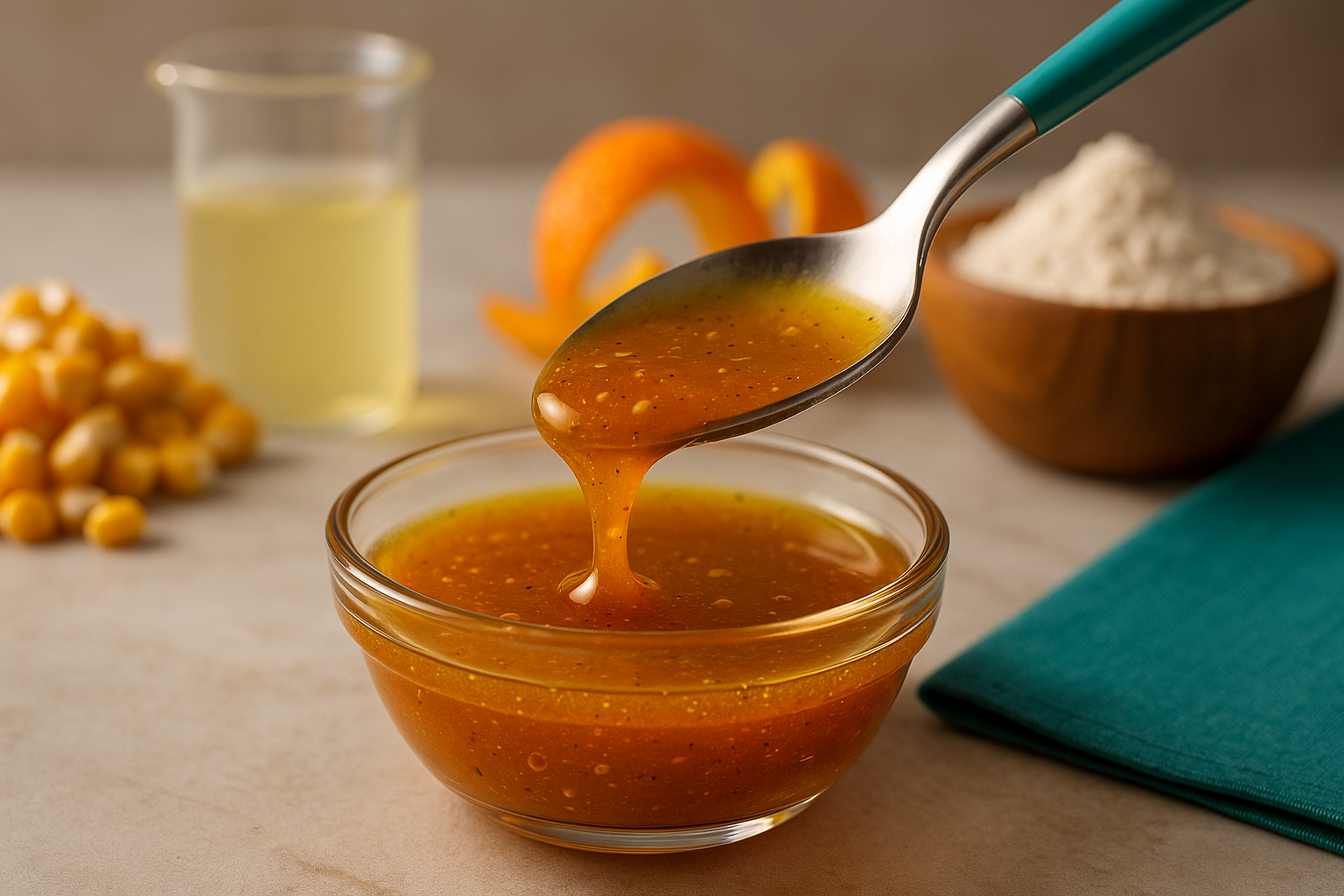
Clean-Label Innovations & Plant-Based Alternatives
SUBSCRIBE TO OUR BLOG
Promotions, new products, and recipes.
Did you know over 70% of consumers now look for clean label ingredients in their food? This shows a big change in the food world towards being open and natural. People are getting more health-aware, leading to a big want for clean label foods. These are seen as free from artificial stuff and full of natural ingredients.
At the same time, plant-based options are really taking off. This is because people want to be kinder to the planet and their health. This article explores how these trends are changing how we make and sell food.

Key Takeaways
- Consumer demand for clean label ingredients continues to grow.
- Plant-based alternatives are becoming mainstream due to health and sustainability concerns.
- Transparency in food labeling is now a priority among consumers.
- Innovations in clean label products are reshaping the food landscape.
- Natural ingredients are increasingly favored over artificial additives.
The Rise of Clean-Label Products in the Food Industry
The food industry is seeing a big change towards clean-label products. This is because people want to know what's in their food. About 75% of Americans look at ingredients before buying, showing they want natural stuff.
Consumer Demand for Transparency
People are learning more about where their food comes from. They want labels that show what's in their food. This push for clear labels is making food companies change how they label their products.
Impact of the Pandemic on Eating Habits
The COVID-19 pandemic made people think more about what they eat. They started eating more plant-based foods, looking for healthier options. This shows a big change in how people eat, with a focus on health.
Understanding Clean Label Ingredients
Clean label ingredients mean food is made with real, simple stuff. This lets people know exactly what they're eating. More and more, people want food that's non-GMO and has no preservatives. They want to live healthier lives.
Definition and Importance of Clean Label
Clean label ingredients are easy to understand and made from a few things. This trend shows how important it is to get ingredients right. It's about quality and honesty in food.
As more people want clean label food, companies must change. They need to use these practices to stay ahead.
Key Attributes of Clean Label Ingredients
- Minimal Processing: Clean label products are made with less processing. This keeps their natural qualities.
- Transparent Sourcing: People like to know where their food comes from. Being open about this is key.
- Non-GMO: Products without genetically modified organisms are popular.
- Preservatives Free: A clean label means no artificial preservatives. This is good for those who care about health.

| Attribute | Definition | Consumer Appeal |
|---|---|---|
| Minimal Processing | Involves using ingredients in their most natural state. | Promotes healthy eating and preserves nutrition. |
| Transparent Sourcing | Clear information about ingredient origins and production. | Builds trust and assures quality standards. |
| Non-GMO | Free from genetically modified ingredients. | Aligns with consumer values for natural foods. |
| Preservatives Free | Absence of artificial additives intended to extend shelf life. | Offers a cleaner, healthier product experience. |
Innovations in Plant-Based Alternatives
The plant-based meat market has seen big changes, thanks to more people wanting to eat sustainably and healthily. In the U.S., sales reached $1.4 billion, showing how popular meat alternatives are becoming. Companies are now making new products that taste and feel like real meat.
Recent Trends in Plant-Based Meat Market
Nowadays, burgers and chicken alternatives are more popular than ever. Brands like Beyond Meat and Impossible Foods have raised the bar for taste and nutrition. The flexitarian diet trend is also growing, where people eat more plants but also some meat. This trend is great for those who want to eat less meat but enjoy familiar tastes.
Driving Forces Behind Consumer Choices
There are many reasons why people choose plant-based meat. Health is a big factor, as they look for options that are low in calories and high in nutrients. Ethical concerns, like animal welfare and the environment, also play a big role. Many want to keep the taste and feel of meat, so companies keep working on improving their products.
| Brand | Product Type | Key Selling Point |
|---|---|---|
| Beyond Meat | Burgers | Plant-based with meaty texture |
| Impossible Foods | Ground Meat | Cooked from plants, replicates beef |
| MorningStar Farms | Chicken Nuggets | Made with non-GMO ingredients |
| Gardein | Tyson Crispy Chicken | High protein content, crispy texture |
Clean Label Ingredients and Plant-Based Hydrocolloids
The need for clean label ingredients is changing how food is made. Companies are now using more sustainable and clear options, like hydrocolloids. This move highlights the value of natural gums and their alternatives that meet consumer demands for quality and transparency.
Replacement of Traditional Gums with Natural Alternatives
Brands are switching to new natural gums instead of old ones like xanthan and carrageenan. These new gums come from seaweed and plants. They work well in food and help meet the goals of being green and effective.
Functionality and Benefits of Plant-Based Hydrocolloids
Plant-based hydrocolloids make food better by improving its texture and keeping it stable. They help mix ingredients and control how thick or thin a liquid is. This makes them appealing to those who want cleaner labels.
These alternatives work as well as the old ingredients and are good for health-conscious people. They can be used in many foods, from baked goods to sauces. This makes the products more appealing to consumers.
Conclusion
The clean-label movement is changing the food industry. People want to know what's in their food and how it's made. This push for transparency is making companies use better, more sustainable ingredients.
Now, using plant-based hydrocolloids in food is key. These ingredients make food better and healthier. They also help the environment. This way, brands can make products that people want and that are good for the planet.
In short, the food industry is moving towards better choices. Clean-label practices and plant-based options are leading the way. This change is good for everyone, making food healthier and more sustainable.
FAQ
What are clean-label ingredients?
Why has there been an increase in the demand for plant-based alternatives?
How do clean-label products impact consumer purchasing behavior?
What role do natural hydrocolloids play in clean-label formulations?
What are some popular plant-based meat analogues?
Can you provide examples of alternatives to traditional gums?
How do clean-label ingredients align with consumer trends?
What benefits do plant-based hydrocolloids offer for food texture?
What should brands consider when reformulating for clean labels?

|
About the Author Ed is the founder of Cape Crystal Brands, editor of the Beginner’s Guide to Hydrocolloids, and a passionate advocate for making food science accessible to all. Discover premium ingredients, expert resources, and free formulation tools at capecrystalbrands.com/tools. — Ed |
Enjoyed this post? Subscribe to The Crystal Scoop
Food-science tips, ingredient know-how, and recipes. No spam—unsubscribe anytime.
- Choosing a selection results in a full page refresh.



